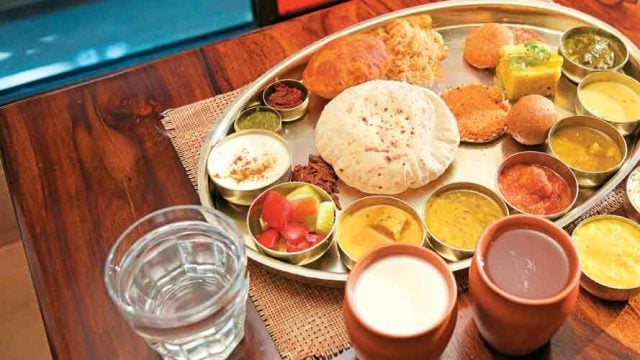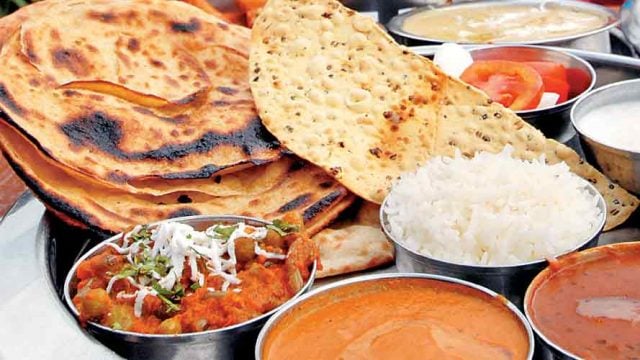This is the story of a cuisine from Uttar Pradesh. No, I do not speak of Awadhi,
But first, I needed to understand how this unique tie-up came about. I learned, chef Bhoora’s grandfather used to cook for the nawab. He and chef Suroor (who passionately narrated to me the story of the cuisine) had come here with a goal in mind: show people true Rampuri cuisine, much superior to what some others
claim to be the real deal. After all, this is ditto what the khansamas (head royal cooks) used to prepare. JW Marriott was happy to facilitate. They gave the chefs their freedom and employed an in-house team for assistance. The results were spectacular—K3 was buzzing with life when I reached around one, and remained just as lively when I left by four.

As chef Suroor told me, the history goes back to Rampur’s days as nawabo ki riyasat or a princely state. The princes were a charismatic lot who did not mind experimentation with food. It is their reiterations of Awadhi and Afghani classics, along with own inventions, that resulted in the cuisine. The flavour was according to their palates, which, it seems, must have been quite refined. The same ingredients were used—the difference lay in the technique. It was all about the absence of tomato, the way spices were prepared, and an emphasis on curd (which means less of thick gravies and more of complex taste).
Finally, I got on with the food. First came the kachche gosht ki tikia, which is a Rampuri reiteration of the Afghani chapli kebab. It is, similarly, a tikki made of minced meat, but one that, unlike its counterpart, can be cooked without marination. It was invented during the time of a nawab who was fond of hunting as well as enjoying a meal of his game, but refused to wait for too long. So his khansama devised a technique that saved marination time and the tikia was born as a result. Flavourful, melt-in- the-mouth good and aromatic, I thoroughly enjoyed it.

Next came the tar qorma, which too had a story behind it: the nawab’s kitchen created it as an energy booster for his army. But more that that, I enjoyed the murgh changezi: made in rich, reddish gravy with a distinct flavour that truly excited my taste buds, I didn’t hesitate for a second helping.

By the time dessert came, I was running late. So I made haste with my halwa: a big mistake, I soon realised. The mirch ka halwa, although evenly spicy, required steady eating. Yet, I had to take another one. Just like the rest of the Rampuri food, it was difficult to resist. “Why in the world do people not know of this cuisine?” it made me wonder, as I walked towards my cab.
This was the second edition of Dine Like Royal. The first took place in May 2017. Do keep on the lookout for another one. In the meanwhile, check out the all-day dining K3’s Indian and continental buffet spread. It’s pretty good. Visit marriott.com for more
Rampuri royal food
Dine Like Royal
JW Marriott Aerocity





